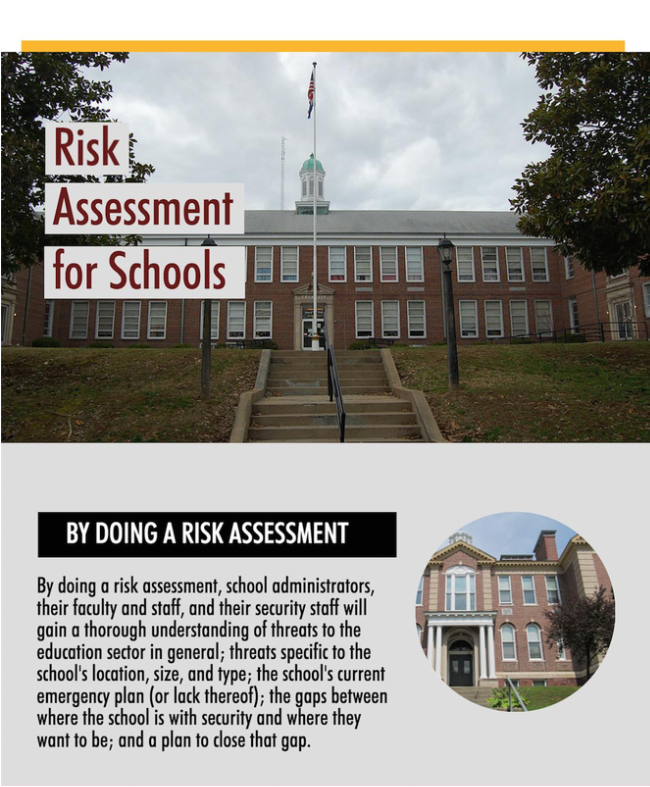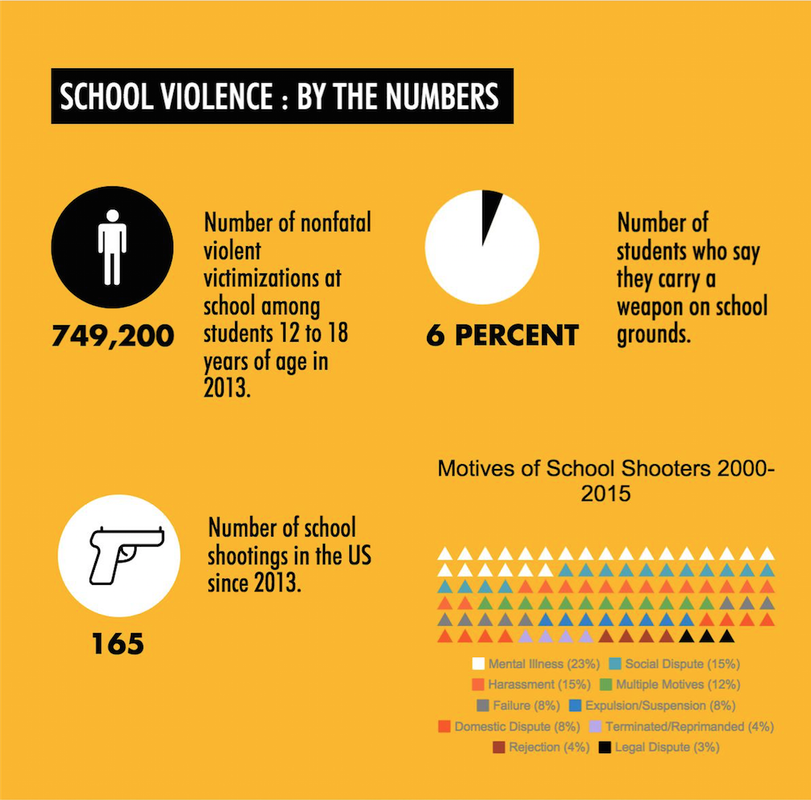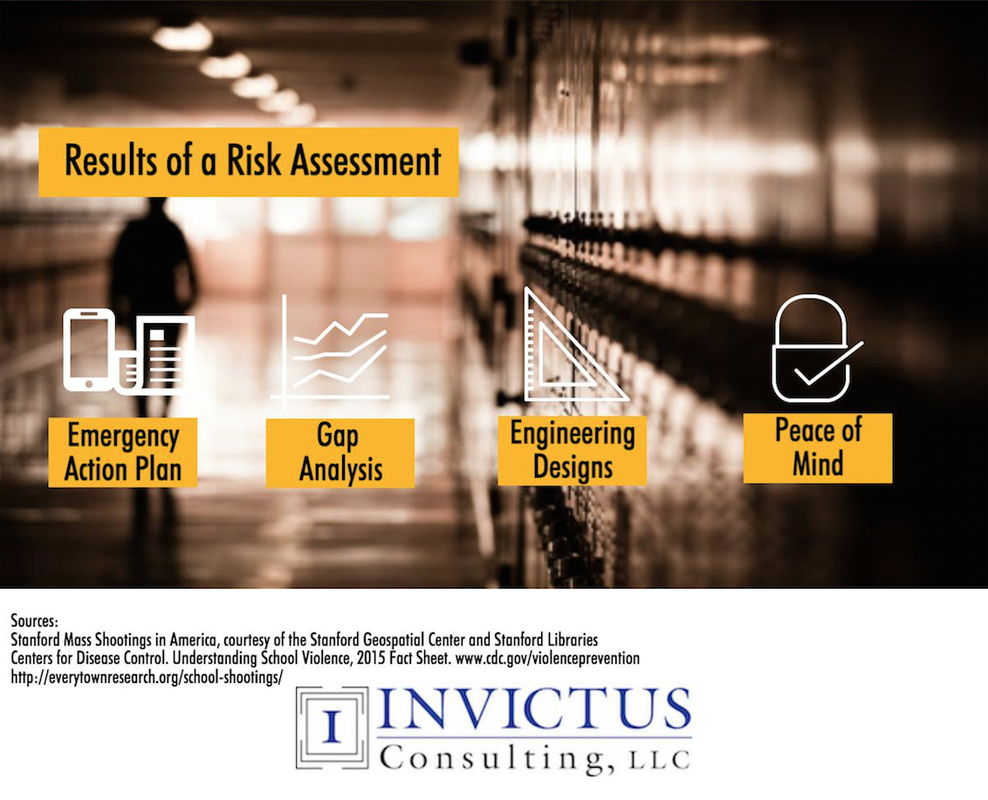
A zero-tolerance policy towards workplace violence starts with having employees report violent or threatening behavior. Without this first step, no policy will be truly effective against workplace violence.
How can you create an environment where employees will feel comfortable reporting threats?
1. Encourage employees to report violent or threatening behavior
This means creating an environment where employees feel comfortable reporting issues to their supervisors or up the management chain and don't feel alienated from management.
2. Make sure employees know where and how to report violent or threatening behavior
This means having a clear and specific method for employees to report issues. It may mean reporting through:
- normal management channels (if they are comfortable with their supervisors and/or the issue doesn't involve someone up the management chain)
- a designated office (if they're not comfortable going to a direct supervisor)
- a designated person
- a suggestion box (in case the reporter wants to remain anonymous)
- a hotline number
Within any or all of these channels, there needs to be a clear and defined method of reporting. That may mean something as simple as a conversation or a form filled out. Whatever the method, document it.
3. Publicize the policy
A solid policy and method of reporting issues isn't effective if employees don't know about it. Publicizing your workplace violence policy could be as simple as:
- posting it on a bulletin board
- including it in an employee newsletter
- including a notice distributed with paychecks
4. Make sure your employees know that you will take their report seriously
Your employees need to know that their concerns will be heard and that someone will follow up on the issue. A procedure whereby employees will be notified about how their report was addressed will go a long way towards building confidence in the system.
The first step in creating a zero-tolerance policy towards workplace violence is creating an atmosphere in which your employees feel comfortable reporting issues and feel like their voices will be heard. Click here to download our white paper about workplace violence.









 RSS Feed
RSS Feed
